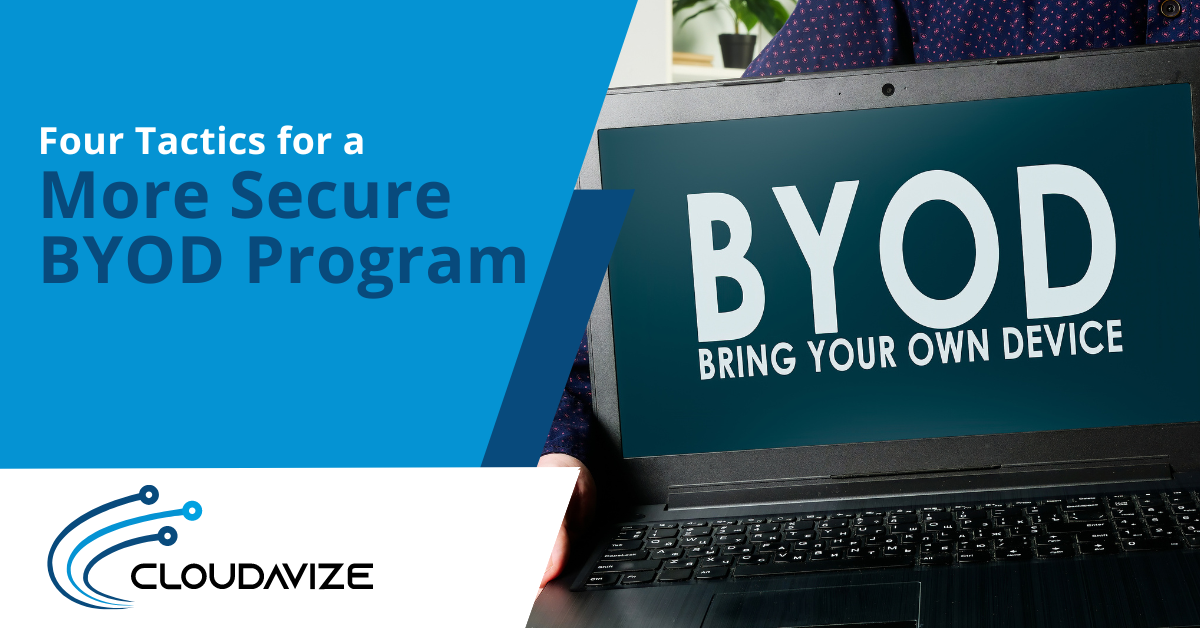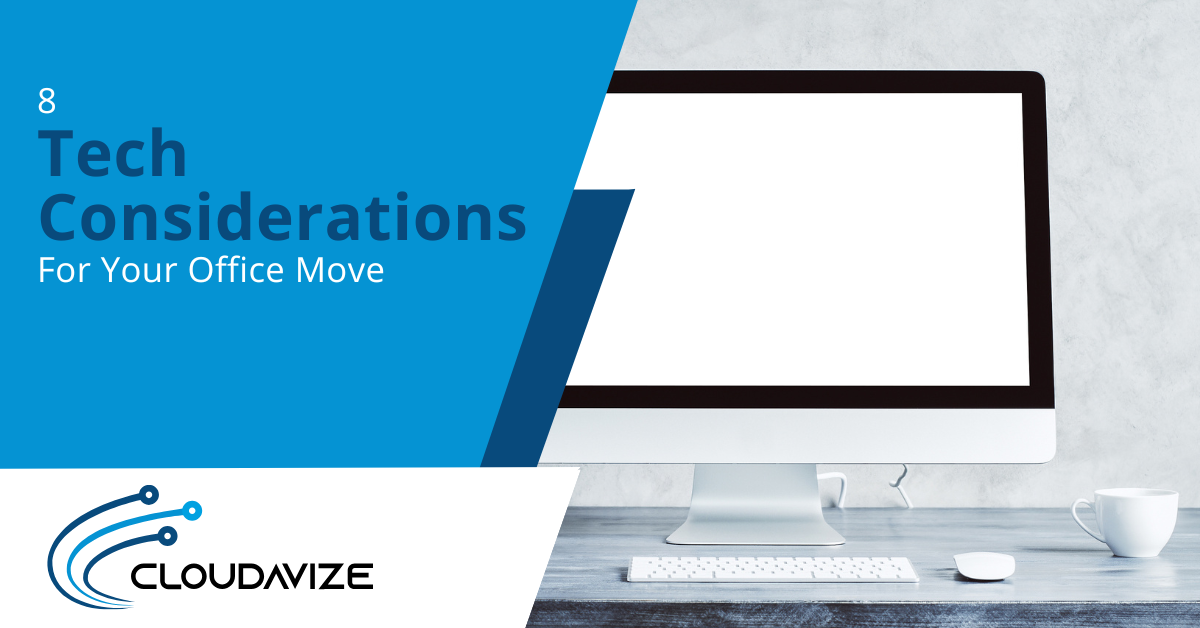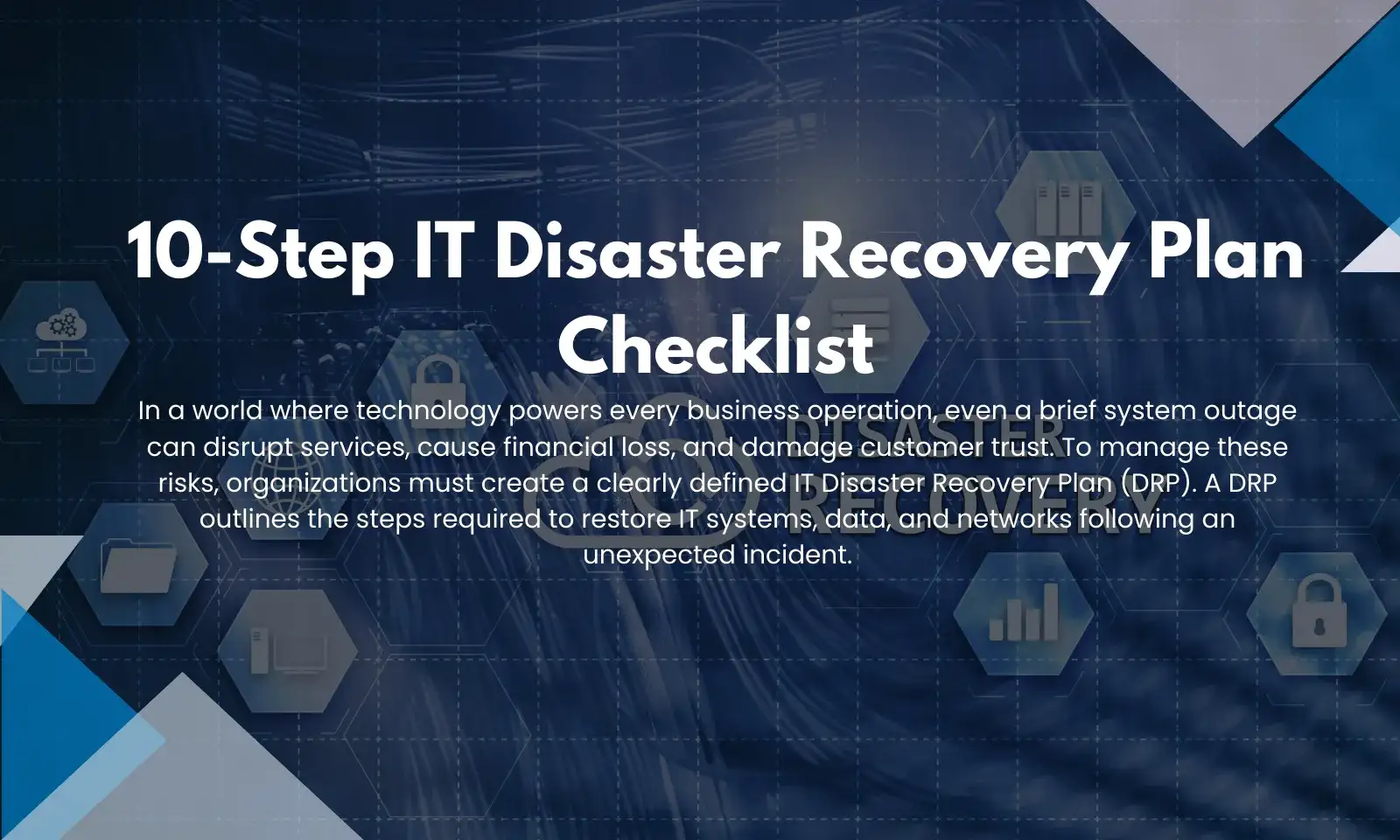Bring Your Own Device (BYOD) programs are undoubtedly a huge part of the future work. With the rise of cloud applications and hybrid working, it’s vital to the employee experience that organizations enable people to work anywhere, anytime from any device.
However, establishing a secure BYOD program is no easy task. It takes time, strategy and the right resources. With that in mind, here’s everything you need to know about designing a BYOD initiative that keeps your data secure and your employees happy.
Table of Contents
What is BYOD?
First things first, here’s a definition of BYOD for any newbies out there. Essentially, BYOD is the practice of enabling employees to use their personal devices to access corporate resources and the company network.
There are a number of benefits to facilitating BYOD. Organizations that rely solely on BYOD save a lot of money that would otherwise be spent on hardware like laptops and smartphones. BYOD also makes hiring people from different states much easier, should your company want to enable remote or flexible working.
BYOD has become increasingly popular over the last few years and, today, it’s estimated that 87% of companies rely on employees being able to use business apps via their personal devices (smartphones, tablets, laptops, etc.).
Tips to Help You Implement a Successful BYOD Program
While BYOD is certainly becoming more widespread, that doesn’t mean it’s always secure. To get BYOD right, your organization needs to carefully balance data security, usability and employee privacy.
Here’s how to do it.
Enforce Strict Controls and Guidelines Relating To Access and Data Security
Without the right access controls in place, your BYOD deployment could easily turn into the wild west. You won’t know who has access to what data, what’s been uploaded and downloaded, and whether or not data security and compliance are at risk.
Because of this threat, it’s crucial to put policies in place regarding who has access to what systems and data. Consider putting in place access controls based on the principle of least privilege, where employees only have access to the data they need to do their jobs – and nothing more.
Moreover, you’ll need to think about criteria for the kinds of devices you’ll enable your employees to use for work purposes. Older operating models, jail-broken devices and devices without password protections should all be restricted from accessing the corporate network.
You should reinforce your policies with guidelines that educate your employees around how they are expected to use their personal devices for work purposes. Consistent communication is critical to ensuring your people remain aware about what to do and what not to do with regards to corporate data.
Create an Employee Exit Strategy
As well as thinking about how employees should use their devices while working for your company, you’ll also need to think about what employees must do when they hand in their resignations. You don’t, for example, want an ex-employee sharing sensitive company information with their new employer.
To that end, you’ll need to put in place an employee exit strategy with a step-by-step process for decommissioning employee devices from the corporate network. You’ll need to consider things like email access, employee cloud accounts, documents they own and access tokens.
It’s also wise to erase all business data from the employee’s phone as part of the leaving process.
Plan For Potential Lost or Stolen Devices
At some point or another, an employee may lose their laptop or phone. If and when this happens, you need to have a plan in place. Firstly, make sure your employees regularly back up data on their devices, so that they can carry on working on different devices should the worst happen.
Secondly, consider equipping your employee devices with remote wipe functionality. This enables you to delete sensitive data on a lost or stolen device from a cloud application on any device. If you work with sensitive information like PHI or PII, remote wiping capabilities are a must-have to maintain compliance.
Involve the Professionals From The Get Go!
Get BYOD right, and you stand to increase your employees’ productivity and satisfaction, all while reducing costs. However, embarking on a BYOD program without the right support can easily lead to wasted expenses and increased security risks.
So, don’t go at it on your own! Seek the support of an IT and security team that can design a customized program for your organization, engineer the roll out, and manage and monitor your deployment with an eye towards continuous improvement.
At Cloudavize, we manage your BYOD and serve as your go-to IT team, assisting you and your company in saving time, reducing risk, and making better use of your IT systems.
Contact us today for more information on how we can revolutionize your business with secure BYOD.



